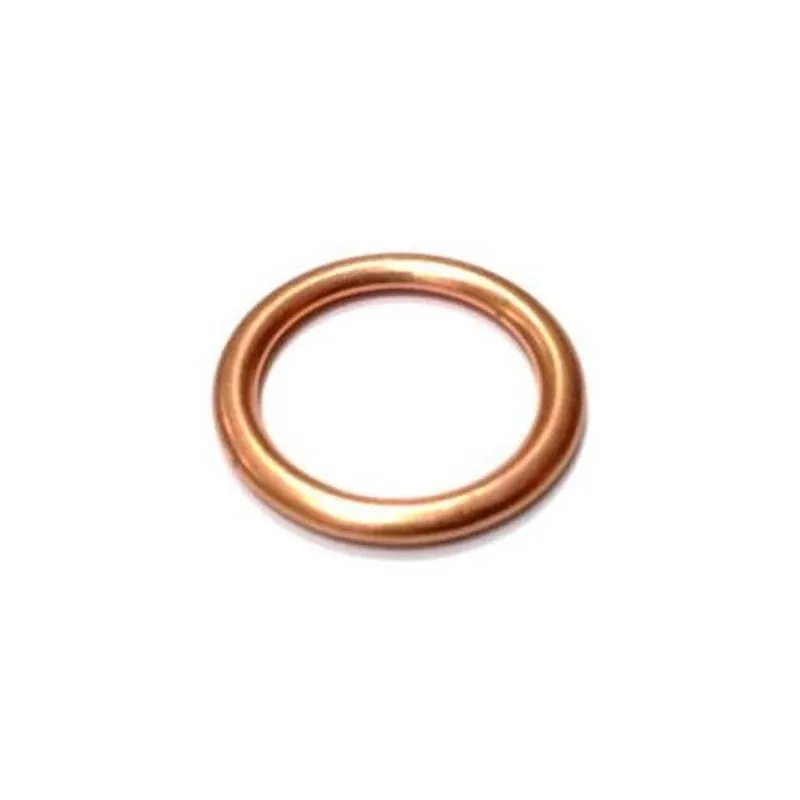Understanding the Importance of Crankshaft Seal Gaskets in Engine Performance and Maintenance Requirements
Understanding the Importance of Crank Seal Gaskets
When it comes to the intricate workings of an engine, every component plays a crucial role in ensuring optimal performance and longevity. One often overlooked but essential part is the crank seal gasket. This small yet vital component serves significant functions that can dramatically affect the overall efficiency of an engine.
What is a Crank Seal Gasket?
The crank seal gasket, commonly referred to as the crankshaft seal, is a specialized component designed to prevent oil and other fluids from leaking out of the engine. It is positioned at the front and rear of the crankshaft, which is the rotating shaft that converts the linear motion of the pistons into rotary motion. The crank seal gasket not only provides a secure seal but also protects the crankshaft from external contaminants, such as dirt and moisture, that could lead to engine degradation.
Functionality and Importance
The primary function of the crank seal gasket is to prevent oil leaks. Engine oil plays a vital role in lubricating moving parts, reducing friction, and facilitating heat dissipation. If the crank seal fails and oil begins to leak, several detrimental effects can occur. First, the engine could suffer from a lack of lubrication, leading to increased wear and tear on components, which may result in catastrophic engine failure.
Moreover, oil leaks create a messy and hazardous environment. Oil can accumulate on various engine components, posing a fire risk, especially in high-temperature conditions. Additionally, oil leaks result in wasted resources and increased maintenance costs, not to mention the environmental impact associated with improper disposal of leaked fluids.
Signs of a Failing Crank Seal Gasket
crank seal gasket

Recognizing the early signs of a failing crank seal gasket is crucial for preventing severe engine issues. Common symptoms include visible oil leaks around the crankshaft area, a burning oil smell, or an oil puddle under the vehicle. Additionally, a drop in oil levels over time warrants immediate inspection of the crank seal and other potential leakage points.
Mechanics may also test the crankshaft for excessive play or wobbling, as this could indicate bearing wear, potentially leading to crank seal failure. Regular oil checks and timely changes play a vital part in maintaining the integrity of the crank seal gasket, as old and degraded oil can contribute to gasket deterioration.
Replacement and Maintenance
Replacing a failing crank seal gasket is not a task to be taken lightly. It typically involves significant disassembly, which makes it a labor-intensive and costly repair. However, delaying replacement can lead to far more severe and expensive engine issues. Therefore, timely intervention when signs of failure are noticed can save vehicle owners substantial amounts of money in the long run.
To maintain the health of the crank seal gasket, regular engine maintenance is essential. This includes routine oil changes, inspections of the sealing surfaces for damage, and ensuring that the proper torque specifications are followed during installation. Additionally, using high-quality oil and seals can vastly improve the longevity and effectiveness of the crank seal gasket.
Conclusion
In essence, while the crank seal gasket may seem like a minor component within an engine, its importance cannot be overstated. It plays a critical role in preventing oil leaks, ensuring proper lubrication, and protecting the engine from external contaminants. By understanding its functions and signs of potential failure, vehicle owners can take proactive measures to extend the life of their engines and maintain their performance. Regular maintenance and timely replacements can prevent more serious issues, making the crank seal gasket vital to engine health and efficiency.
-
Understanding Automotive Oil Seals: Essential Components for Engine and Shaft Protection
News Jul.30,2025
-
The Importance of Heavy Duty Seals in Industrial and Residential Applications
News Jul.30,2025
-
Exploring Industrial Oil Seals: From Felt Oil Seals to TTO and CFW Solutions
News Jul.30,2025
-
Essential Guide to Oil Seals: From Radial to Metal-Cased Seals for Industrial Reliability
News Jul.30,2025
-
Choosing the Right Oil Seals and Gaskets for Industrial and Automotive Applications
News Jul.30,2025
-
Cassette Seals: Durable Sealing Solutions for Harsh Environments
News Jul.30,2025
-
Understanding the Front Main Engine Seal: Purpose, Maintenance, and Installation
News Jul.29,2025
Products categories















